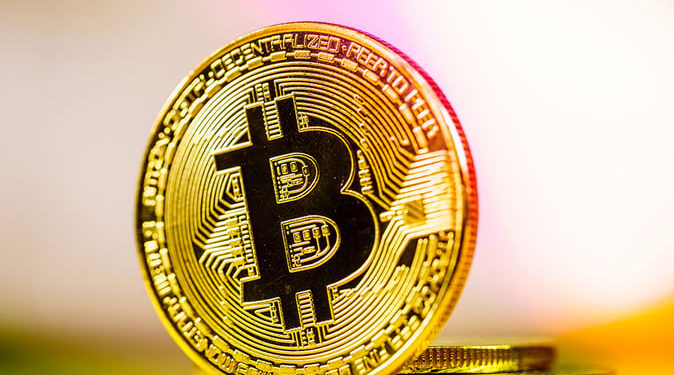[ad_1]
The US SEC would still need time to review all the changes made to the Bitcoin ETF S-1 filings submitted last week, only after which it could make certain decisions.
On the first day of the New Year, the world’s largest cryptocurrency Bitcoin (BTC) witnessed a 7% on new developments in the Bitcoin ETF space. The BTC price has surged to its 21-month high shooting all the way to $46,000.
As of press time, Bitcoin (BTC) is trading 7.66% up at $45,806 and a market cap of $896 billion. Bitcoin has achieved a milestone, surpassing $45,000 for the first time in nearly two years, fueled by growing anticipation of the approval of an exchange-traded fund (ETF) directly investing in the largest cryptocurrency.
The digital asset has seen a remarkable 20% surge since the beginning of December, with heightened interest and a “fear of missing out” mindset among traders in the United States and Europe. As the January 10 deadline for the US Securities and Exchange Commission to decide on a spot ETF for Bitcoin approaches, investors are actively entering the market, with some initiating purchases on the first day of the New Year, as noted by Hayden Hughes, co-founder of the social-trading platform Alpha Impact.
Bitcoin (BTC) ETF Approval Not Coming This Week
Last week, there was strong excitement within the Bitcoin community that the approval for the first spot Bitcoin could arrive this week. However, it seems that we can stick with the previous schedule of January 10.
In the realm of cryptocurrency, uncertainty looms as the US Securities and Exchange Commission (@SECGov) faces a potentially unpredictable decision on the approval of exchange-traded funds (ETFs). Fox Business journalist Eleanor Terrett expressed her skepticism about immediate approvals, noting that based on conversations with issuers, the SEC still needs to review recent changes made to the S-1 filings submitted on Thursday and Friday.
Terrett hinted at a timeline reminiscent of the SEC’s approach to the approval of Ethereum ($ETH) futures in October. According to her insights, the SEC is expected to complete its current round of reviews and then communicate a deadline to issuers for the final S-1 filings, aiming to make them effective within 24-48 hours.
While the @SECGov is surely unpredictable, it would surprise me if approvals were to happen tomorrow.
From what I understand through conversations I’ve had with issuers, the SEC still has to review all the changes made to the S-1s filed on Thursday/Friday AND make comments on… https://t.co/CnkYdXsbD4
— Eleanor Terrett (@EleanorTerrett) January 1, 2024
Given that SEC staff has been on hiatus since Friday, the possibility of an approval on Tuesday or even Wednesday appears tight. However, Terrett acknowledged the ever-unpredictable nature of the SEC’s decisions and expressed anticipation for an exciting period in the crypto space over the next two weeks.
Market Expectations
Moreover, other market analysts have asked Bitcoin investors to tone down their price rally expectations post the Bitcoin ETF approval.
In the assessment of VanEck advisor Gabor Gurbacs, there appears to be a tendency among individuals to overestimate the immediate effects of United States-based Bitcoin exchange-traded funds (ETFs). Gurbacs suggests that these ETFs might attract only a modest inflow of a few hundred million dollars, primarily composed of recycled funds.
In my view, people tend to overestimate the initial impact of U.S. Bitcoin ETFs. I think maybe a few $100mm flows (mostly recycled) money.
Long term, people tend to underestimate the impact of spot Bitcoin ETFs. If history is any guide, gold is worth studying as a parallel. https://t.co/6vvkA9aC09
— Gabor Gurbacs (@gaborgurbacs) December 31, 2023
However, Gurbacs emphasizes that, in the long run, people tend to underestimate the potential impact of spot Bitcoin ETFs. Drawing parallels with historical trends, he points to the value of studying gold as a comparable asset in this context. As the debate around Bitcoin ETFs continues, Gurbacs underscores the importance of considering historical perspectives to gauge the potential influence of these financial instruments over time.
[ad_2]
Source link



